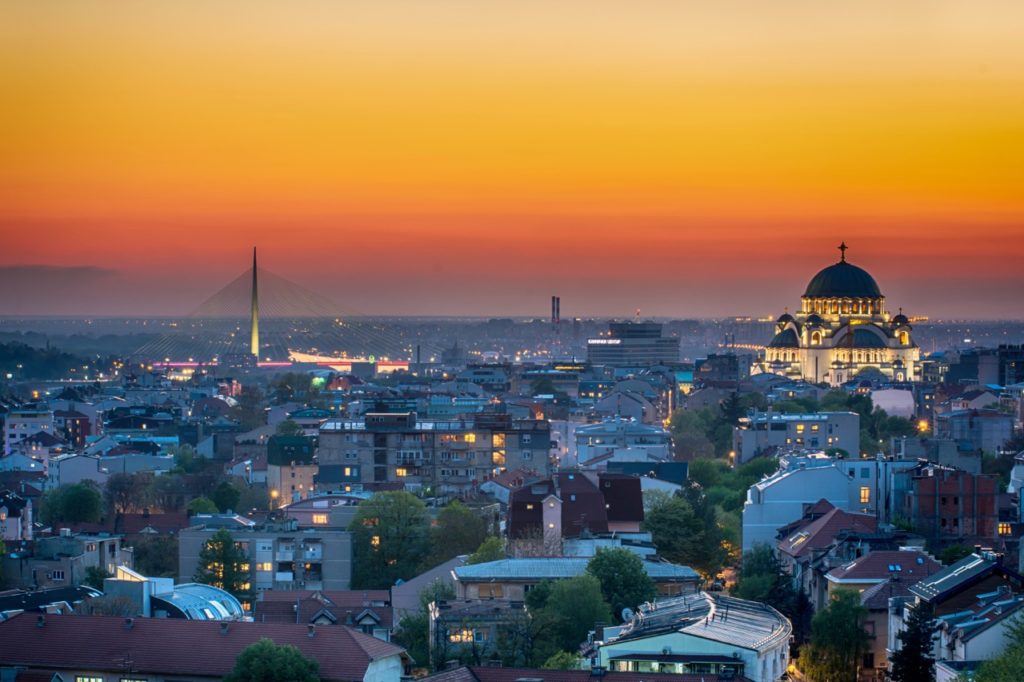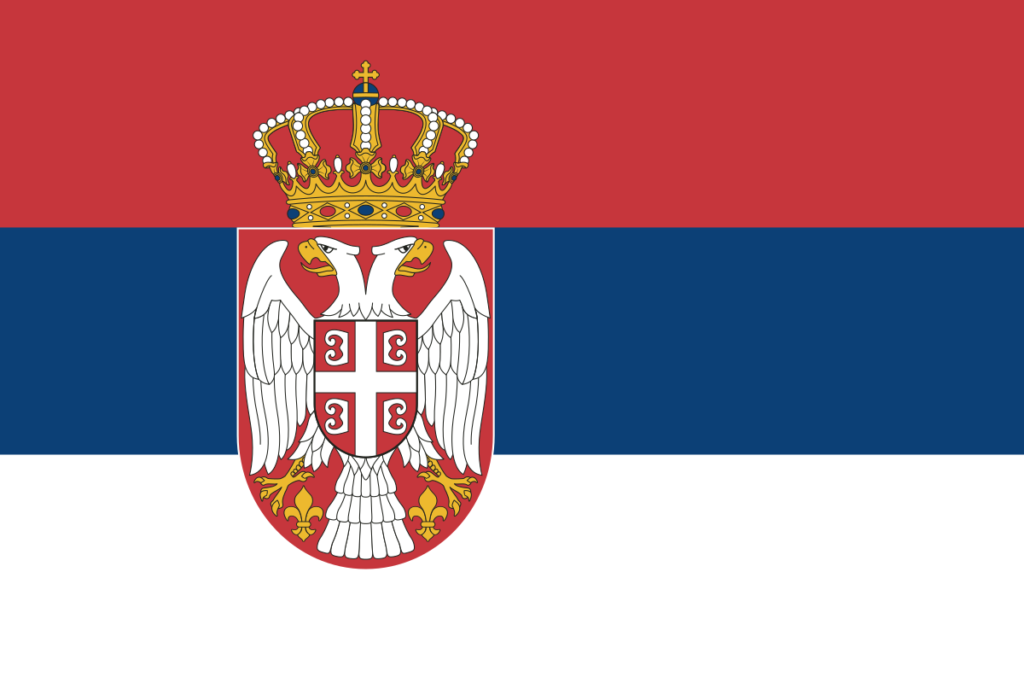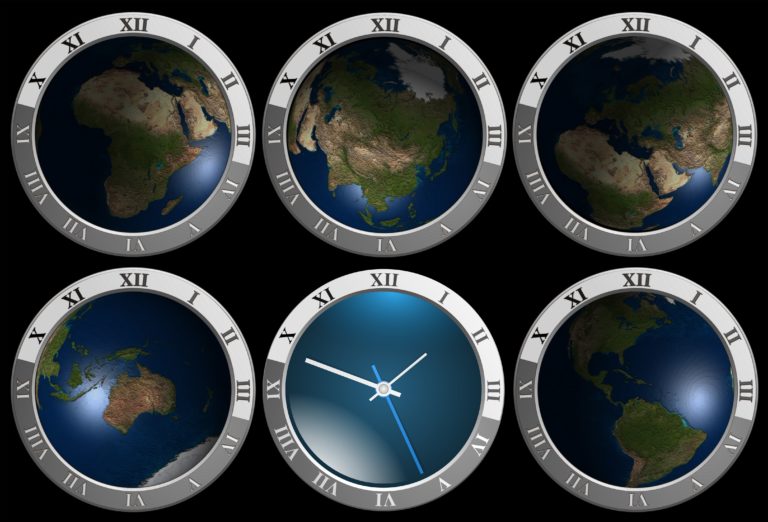The Republic of Serbia is a country located at the crossroads of Central and Southeast Europe. It borders Hungary to the north, Romania to the northeast, Macedonia to the south, Bulgaria to the southeast, Croatia and Bosnia and Herzegovina to the west, and Montenegro to the southwest. The capital of Serbia is Belgrade, which is one of the oldest and largest citiеs in southeastern Europe.
What Time Is It in Serbia?
Serbia uses the Central European Summer Time (CEST) time zone currently, which means it adds 2 hours to Coordinated Universal Time (UTC).
The Daylight Saving Time started on March 31 2024. When the local standard time was about to reach Sunday, March 31, 2024, 02:00:00 clocks were turned forward 1 hour to Sunday, March 31, 2024, 03:00:00 local daylight time instead. Consequently, both sunrise and sunset were about 1 hour later on March 31, 2024, than the day before and there was more light in the evening.

The Daylight Saving Time will end on October 27, 2024. When local daylight time is about to reach Sunday, October 27, 2024, 03:00:00 clocks will be turned backward 1 hour to Sunday, October 27, 2024, 02:00:00 local standard time instead. Hence, both sunrise and sunset will be about 1 hour earlier on October 27, 2024, than the day before and there will be more light in the morning. Then, the time zone in the country will be Central European Time or UTC +1.
Serbia has observed Daylight Saving Time for 42 years now. DST was first observed in Serbia in 1941. Hence, the Central European Summer Time is currently used, while the Standard time (Central European Time (CET), UTC +1) will start on October 27, 2024.
Time Difference from Serbia
When compared to some of the biggest cities in the world, the time difference from Serbia is as follows:
New York: −6 hours
Los Angeles: −9 hours
London: −1
UTC: −2 h
Paris: 0
Moscow: +1
Istanbul: +1
Dubai: +2 h
India: +3.5 h
Beijing: +6 hours
Singapore: +6 hours
Tokyo: +7 hours
Sydney: +8 hours

Other Important Things to Know About Serbia
The Republic of Serbia is located in Europe and it’s an area of 88,361 km². It has a population of 7.022 million, while 83.3% are Serbs, 3.5% are Hungarians, 2.1% are Roma, 2% are Bosniaks, and 9% are others. The official languages in Serbia are Serbian, Romanian, Macedonian, and Romani. Moreover, there are other locally recognized languages, like Hungarian, Bosnian, Albanian, Croatian, Slovak, Romanian, Bulgarian and Rusyn.
As we mentioned before, Belgrade is the capital city and has a population of 1.374 million. There are 24 cities in the country, among which the biggest include Bor, Chabats, Kikinda, Kragujevac, Kraljevo, Kruševac, Leskovac, Niš, Novi Pazar, Novi Sad, Pančevo, Pirot, Požarevac, Smederevo, Subotica, Trstenik, Užice, Valjevo, Vranje, Zaječar, Zeman, Zombor, Zrenjanin, and Čačak.

